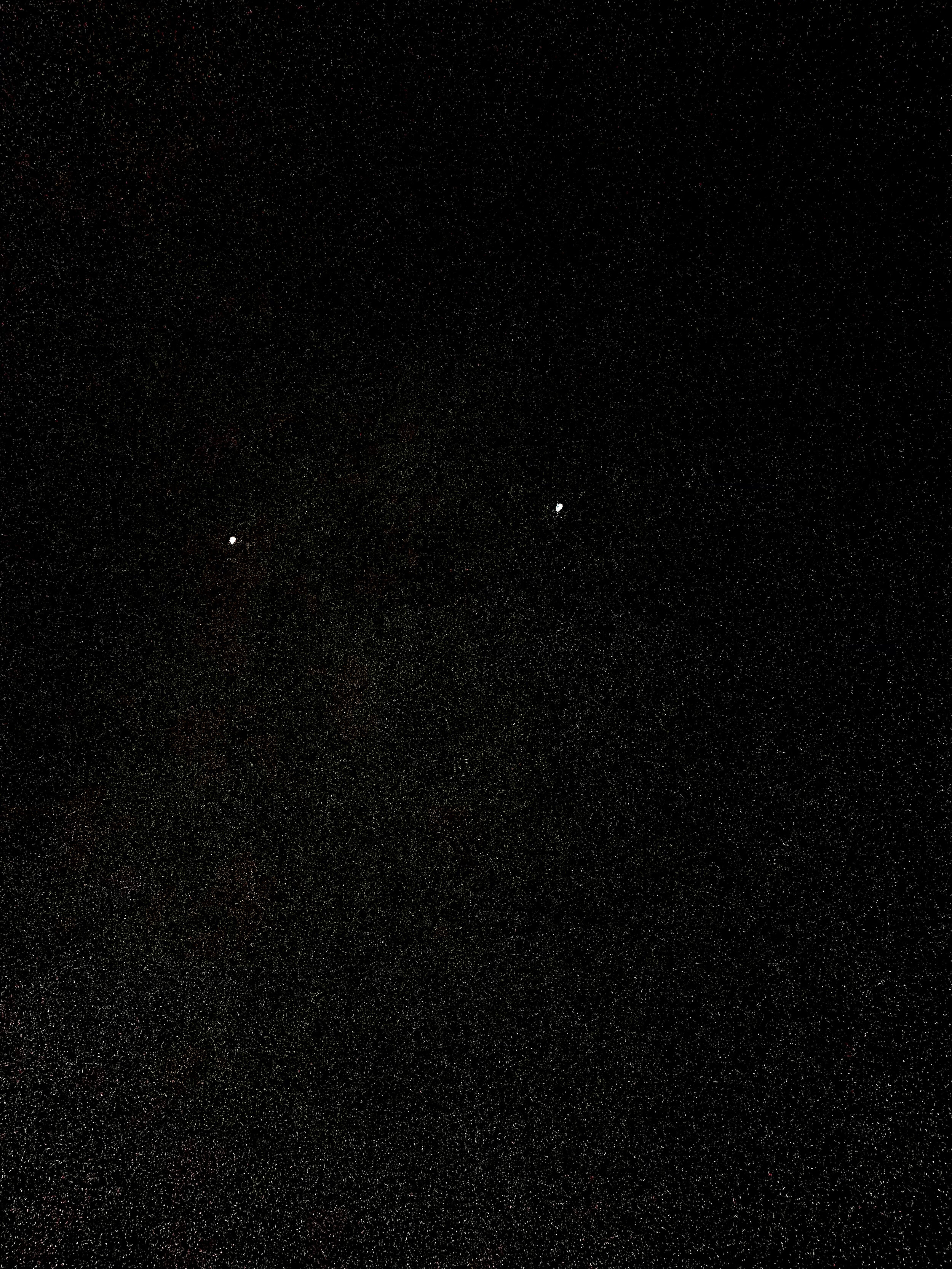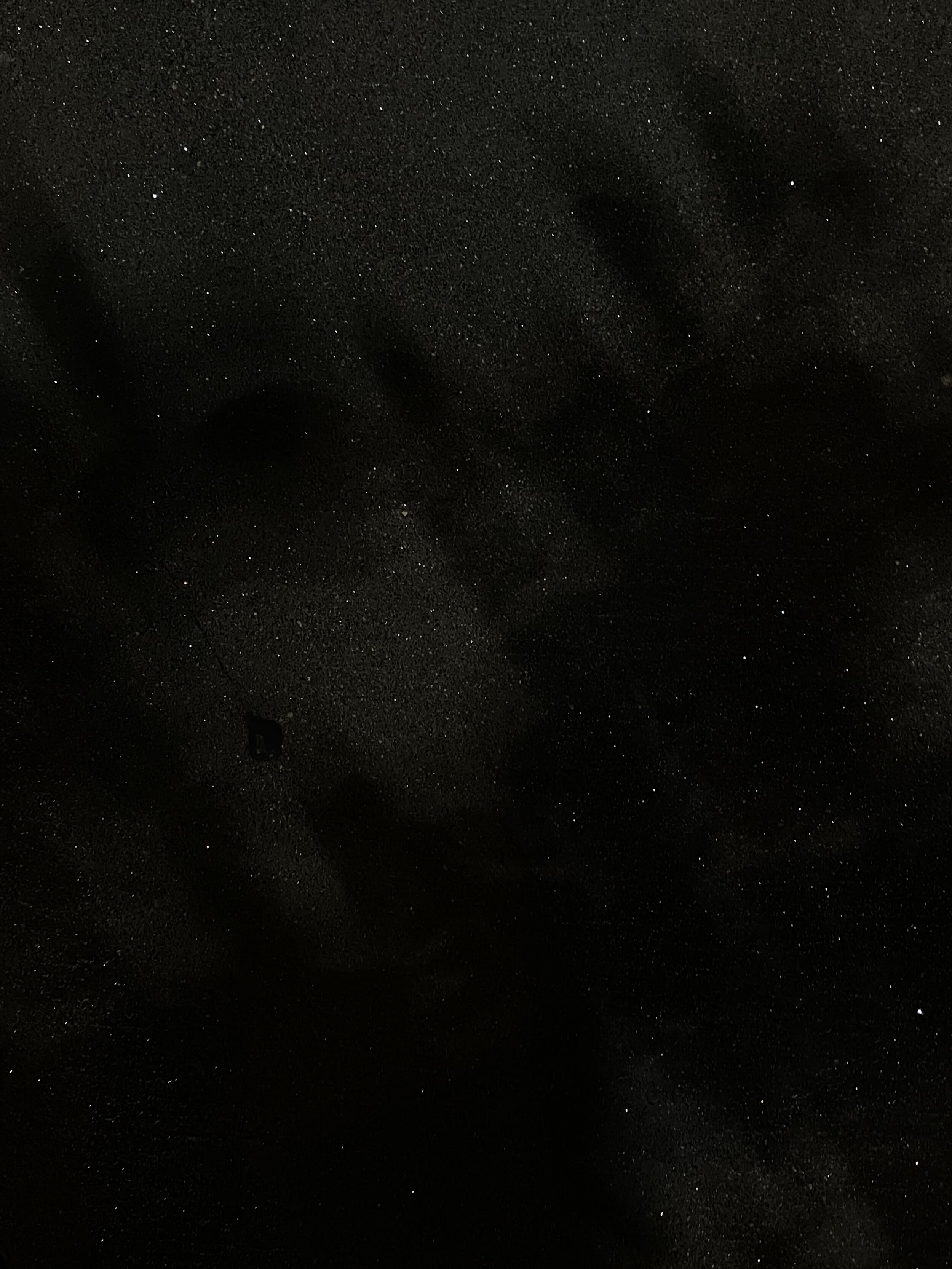A catalogue and tribute to my process:
Finger branches in the sky
Heat waving through razor bend
Our backs turned against the sun.
Warmth alarms sound the buzz
After pollinators passed.
Forgotten comes this mistaken promise.
Risk was certain as death.
We cried with our
finger branches in the sky.
On Museums in Finland:
During my trip to Finland, I visited 21 museums, galleries, and libraries in Helsinki, Turku, Tampere, Vaasa, Oulu, and Rovaniemi. Here are highlights 1-6 from my visits.
Ryoji Ikeda at @AmosRex “Roots in electronic music, Ryoji Ikeda’s artistic practice saw its beginning in the 1980s and 1990s, when he worked as a DJ, sound technician and composer. In the early 2000s, Ikeda expanded his artistic expression to include visual art. Born in Gifu in Japan, Ikeda currently works between Paris and Kyoto”
Suomenlinna Museum, located in the Suomenlinna Centre, showcases the eventful history of the island fortress from the 18th century to the present day. It also depicts the restauration of the World Heritage Site, Suomenlinna. Coat of arms 1894-1917.
Kiasma “While preparing the exhibition, Dineo Seshee Raisibe Bopape spent time on the Frantsila organic herbfarm in Hämeenkyrö, Finland, learning about healing herbal plants, local traditions and nature. All of this had a significant impact on the exhibition. Consisting mainly of materials sourced from Finland, the installation turns the gallery into a built landscape. Together with experts from Frantsila, Bopape developed a tea for the exhibition that includes dream-promoting herbs such as heather and hops. In her practice Bopape often uses natural materials such as clay, soil, ash and plants, from which she creates site-specific installations. Although the materials are ordinary, they convey a rich sense of symbolism, often referring to history and actual geographic locations. Soil is a particularly central material in her work; according to southern African lore, the minerals found in rocks, for example, are repositories of memory and primordial knowledge. The female condition often plays an important role in Bopape's work as the source of life and renewal. Bopape's work stems from personal experiences of her native South Africa and its history, which transcends national boundaries. With the new body of work, Bopape continues to work with soil and clay, which offer tools for remembering.
Lee Bul (b. 1964) retrospective works. The Sara Hildén Art Museum presents Lee Bul's works from the past twenty years. The exhibition includes key works from the Mon grand récit and Willing To Be Vulnerable series as well as the latest paintings from the Perdu series. In her works that combine many different materials, Lee Bul takes a deep look at humanity and its fundamental vulnerability. A part of the ensemble was seen earlier this year at the Gothenburg Museum of Art's solo exhibition, which was the artist's first in the Nordic countries.
IC-98 Visa Suonpää (1968) & Patrik Söderlund (1974) Abendland (Hours, Years, Aeons) 2015. The artist duo IC-98 sets movement to the drawing in their animations. The work Abendland (Hours, Years, Aeons) shows a view of the distant future of humanity. Hours and millennia merge into a cyclical narrative where reality combines with myths. The digital animation reflects on natural disasters, such as the isolation of nuclear waste, and the cycle of pollutants in nature. The work represented Finland at the international 56th Venice Biennale in 2015. In Finland, the premiere of the work will be seen for the first time in Vaasa.
The last horse on earth 2010, ROLAND PERSON has visited many zoological museums worldwide, all with a similar basic structure. Naturalia is often exhibited in display cases, where the visitor can take part in the samples through the glass; animals, fossils and bones. The objects are presented systematically according to categories and value hierarchies. The series Entwined Observations consists of a number of glazed display cases and drawings. The display cases contain silicone objects that appear to be in a state of change. The exhibited objects evoke wonder, an uncertainty about the object type, whether it is alive or dead, is it a kind of aid or is it a scientific experiment.
Needs to be continued.

